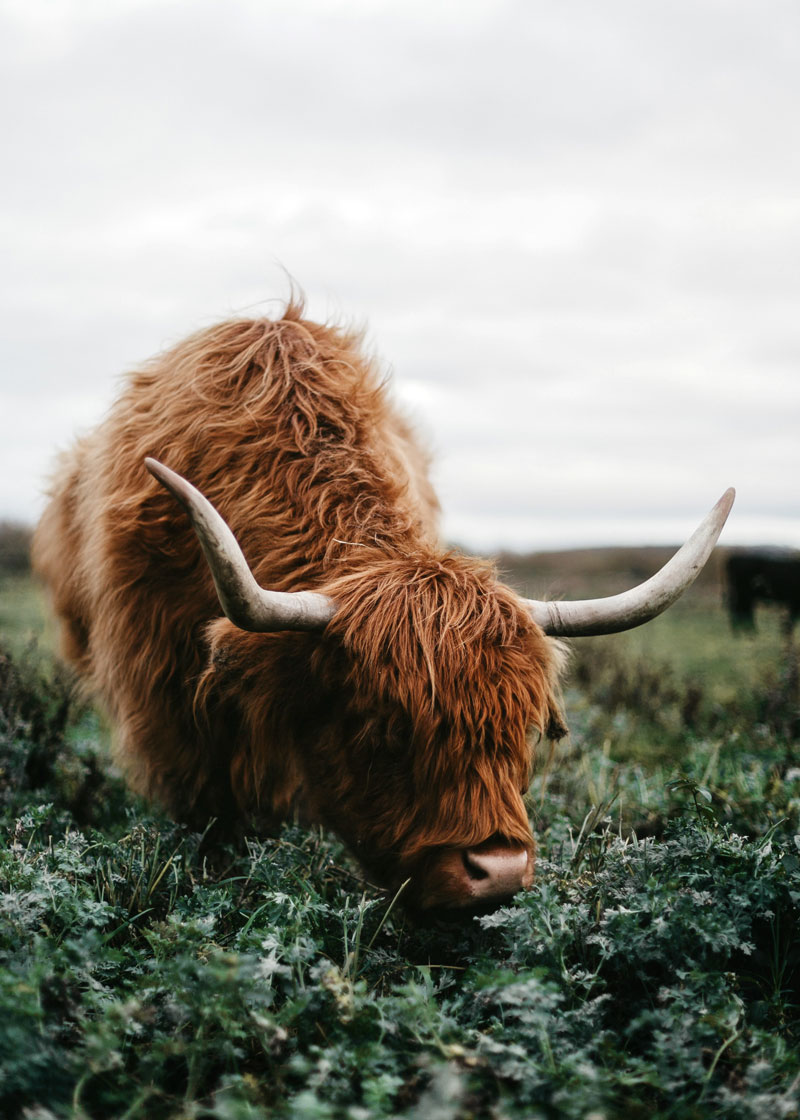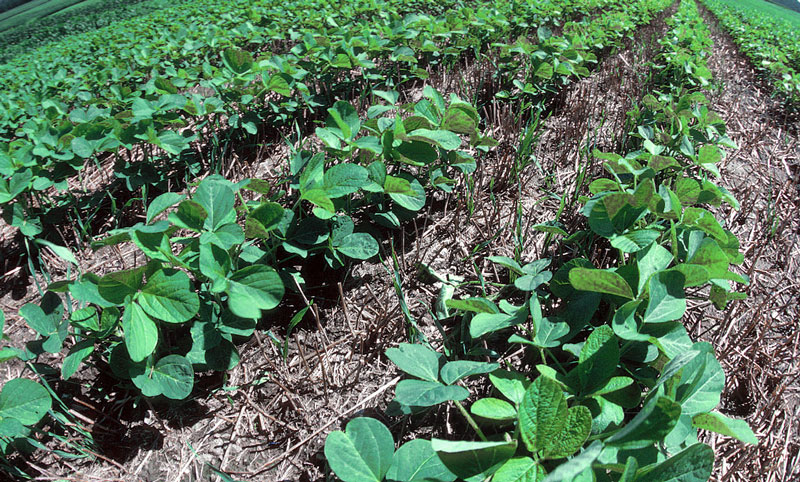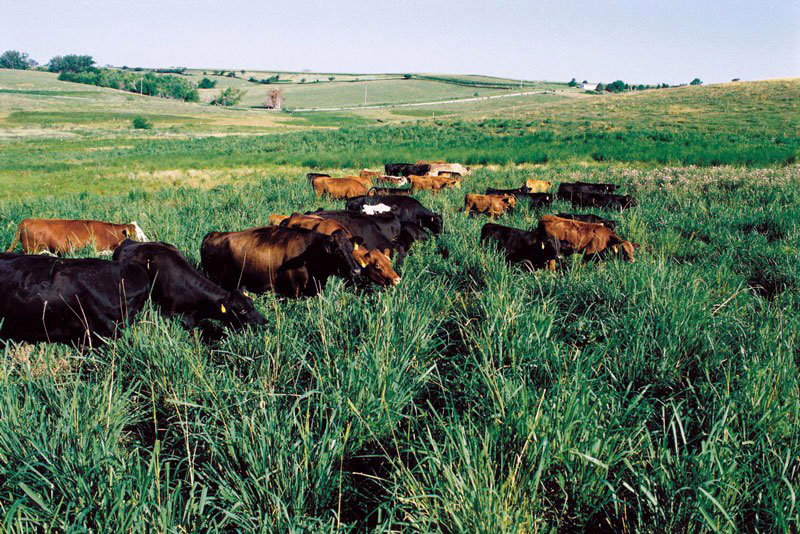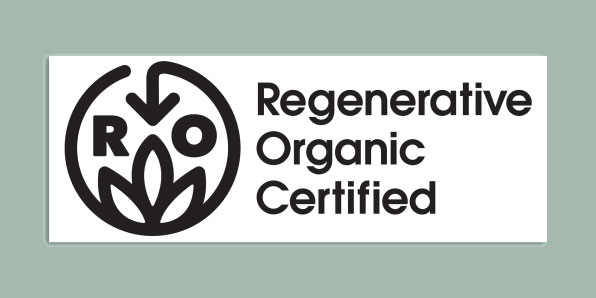How We Can Heal the Planet with Regenerative Farming

Photo by Alex Loup via Unsplash
Affiliate Disclaimer: this website is supported by its audience and contains affiliate links. An affiliate link means I may earn advertising or referral fees at no extra cost to you if you make a purchase through these links. (read more)
Soil is the basis of life on Earth. The Earth’s skin is a living, breathing ecosystem that produces bountiful crops and forests, sustains diverse wildlife, regulates water cycles, cleans the air, and stores carbon. Soil plays the role of a “living skin” for the Earth’s mineral crust. It takes thousands of years to form this skin, but unfortunately, it only takes just a few decades of intensive farming, forest destruction, and pollution to destroy it.
Regenerative agriculture is a method of farming that aims to “improve the resources it uses, rather than destroying or depleting them,” according to the Rodale Institute. The practices increase soil biodiversity and organic matter, leading to more resilient soil that can better withstand climate change impacts like flooding and drought. Regenerative farming also prioritizes high standards for animal welfare and worker fairness.

Photo by Janko Ferlic via Pexels.
How it Heals…
1. PRESERVES TRADITIONAL KNOWLEDGE
Understanding indigenous farming systems reveals important ecological clues for the development of regenerative organic agricultural systems.
2. IMPROVES SOIL HEALTH
Farmers minimize physical disturbance of the soil, and over time increase levels of soil organic matter, creating healthier, more resilient environments for plants to thrive, as well as keeping carbon where it belongs.
3. MINIMIZES THE USE OF CHEMICALS
Different plants release different carbohydrates (sugars) through their roots, and various microbes feed on these carbs and return all sorts of different nutrients back to the plant and the soil.
4. INCREASES RESISTANCE TO PESTS & DISEASES
Healthy soil results in healthy, disease-resistant and pest-tolerant plants, decreasing the need for expensive fertilizers and pesticides.
5. IMPROVES NUTRITION
The nutrient density of our food has fallen tremendously in the last 50-70 years. By reducing the disturbance of soil and nurturing the soil biology the soil stays healthy, which provides us with nutritious and good quality food.
6. IMPROVES YIELDS
By increasing the plant diversity of their fields, farmers help create the rich, varied, and nutrient-dense soils that lead to more productive yields.
7. RESTORES GRASSLANDS
One third of the earth’s surface is grasslands, 70% of which have been degraded. We can restore them using holistic planned grazing.
8. SUPPORTS POLLINATORS
Healthy, productive soil can support a diverse range of habitats and crops for many different members of the ecosystem, including beneficial insects like pollinators.
9. CREATES A HEALTHIER WORK ENVIRONMENT FOR FARMERS
Without the use of toxic chemicals, farmers can work in a safer and healthier environment.
10. FEEDS THE WORLD
Small farmers already feed the world with less than a quarter of all farmland.
11. REVITALIZES LOCAL ECONOMIES
Family farming represents an opportunity to boost local economies.
12. IS CLIMATE FRIENDLY
Regenerative techniques create farmland that pulls carbon dioxide, one of the most prevalent greenhouse gases, out of the atmosphere.
13. TAKES INTO ACCOUNT FUTURE GENERATIONS
By building healthy soils we can increase resiliency and profitability, and ensure the success and viability of the land for future generations.

Photo by Bryan Walker via Unsplash.
Regenerative Practices
1. NO-TILL OR LOW-TILL FARMING
Plowing and tilling the farmland dramatically erodes the soil and releases large amounts of carbon dioxide into the atmosphere. This can also result in the kind of bare or compacted soil that creates a hostile environment for important soil microbes. By practicing minimal or no-till rechniques, carbon is left underground, enriching the soil and reducing greenhouse gas production.

Young soybean plants thrive in the residue of wheat crop. This form of no till farming provides good protection for the soil from erosion and helps retain moisture for the new crop. Photo credit: USDA NRCS Photo Gallery
2. INTEGRATING LIVESTOCK
Animals break up the soil with their hooves when they move, compacting inedible plants and allowing nutrients and sunlight to new plants. This essentially speeds up the building of soil organic matter, with crushed leaves and stalks creating a natural mulch. The soil becomes better equipped for germinating seeds and the livestock’s excrement adds nutrients to the ground, further improving water retention.
3. COMPOSTING
Animal, plant, and food waste can all be used to make nutrient-rich compost that plants – and the soil microbiome – love. To support crop growth compost can be added on top of fields or mixed with soil. By adding compost, it reduces the need for other fertilizers on farms.
4. BIOCHAR
In a process called pyrolysis, organic material like leaves and sticks burn in an oxygen-free environment and form a dark black fertile substance rich in carbon and highly porous (this means soil can more easily retain nutrients and water). This substance is called Biochar, and is used the same way compost is. It is added to existing soil to create nutrient-rich soil without fertilizer application, soil manipulation, or the production of carbon. It is a 2,000-year-old practice originated in the Amazon rain forest region.

Photo credit: CharGrow
5. UTILIZING CROP ROTATION AND COVER CROPS
Farms and gardens can infuse soils with more soil organic matter that is diverse, often while avoiding disease and pest problems naturally, by rotating crops and deploying cover crops strategically.
6. PLANTING PERRENIAL CROPS
Perrenial crops survive year-round and develop intricate, thick root systems that retain rainwater and easily adapt to changes in nutrients in the soil. These plants require less input for long-term survival, and many farmers will use them as cover crops between growing seasons. Cover crops instantly produce biodiversity on a farm, along with maintaining soil integrity.
7. ECOLOGICAL AQUACULTURE
The process of growing plants and animals in aquatic systems using methodology that mimics natural historic conditions and is ecolonomic – maintaining natural resources in ways that benefit us economically.
8. AGROFORESTRY
Farming in a forest. A few practices of agroforestry are planting rows of trees between crops, planting trees in pastures for livestock, and creating tree or plant canopies over cropland or pastures. The benefits of tree cover include carbon sequestration, protecting plants from extreme weather, and improving water quality.
9. MANAGED GRAZING
Livestock rotate through different portions of the pasture according to the growth rate and stage of the forage they are feeding on. This provides a consistent fuel source for livestock and a chance for crops to develop strong root systems. In turn, these root systems enrich the soil and allow for improved water retention. Farmers who practice holistic managed grazing consider the longevity of the land, the needs of surrounding wildlife, and protection of both land and livestock from dangers like drought or fire.

Photo credit: USDA NRCS Photo Gallery
10. SILVOPASTURE
Silvopasture is the practice of integrating trees, forage, and the grazing of domesticated animals in a mutually beneficial system. It utilizes the principles of managed grazing, and it is one of several distinct forms of agroforestry. Livestock grazing and tree growth create opportunities for accelerated cycling of nutrients.
11. PERMACULTURE DESIGN
Permaculture design is like landscape design but it is tailored to the needs of agriculture, and it also takes into account the principles of ecology. A permaculture farm will likely be more efficient for the farmer, with better functioning ecosystems and water cycles that tend to also be beautiful as an added bonus.
A New Certificate To Look Out For

In 2018, Rodale Institute introduced a new, holistic, high-bar standard for agriculture certification. Regenerative Organic Certified™, or ROC, is overseen by the Regenerative Organic Alliance, a non-profit made up of experts in farming, ranching, soil health, animal welfare, and farmer and worker fairness.
The Regenerative Organic Alliance, which includes organizations and brands like Rodale Institute, Dr. Bronner’s, and Patagonia, Regenerative Organic Certified™ (ROC) helps consumers make informed choices about their food purchases.
↟↟↟






0 Comments